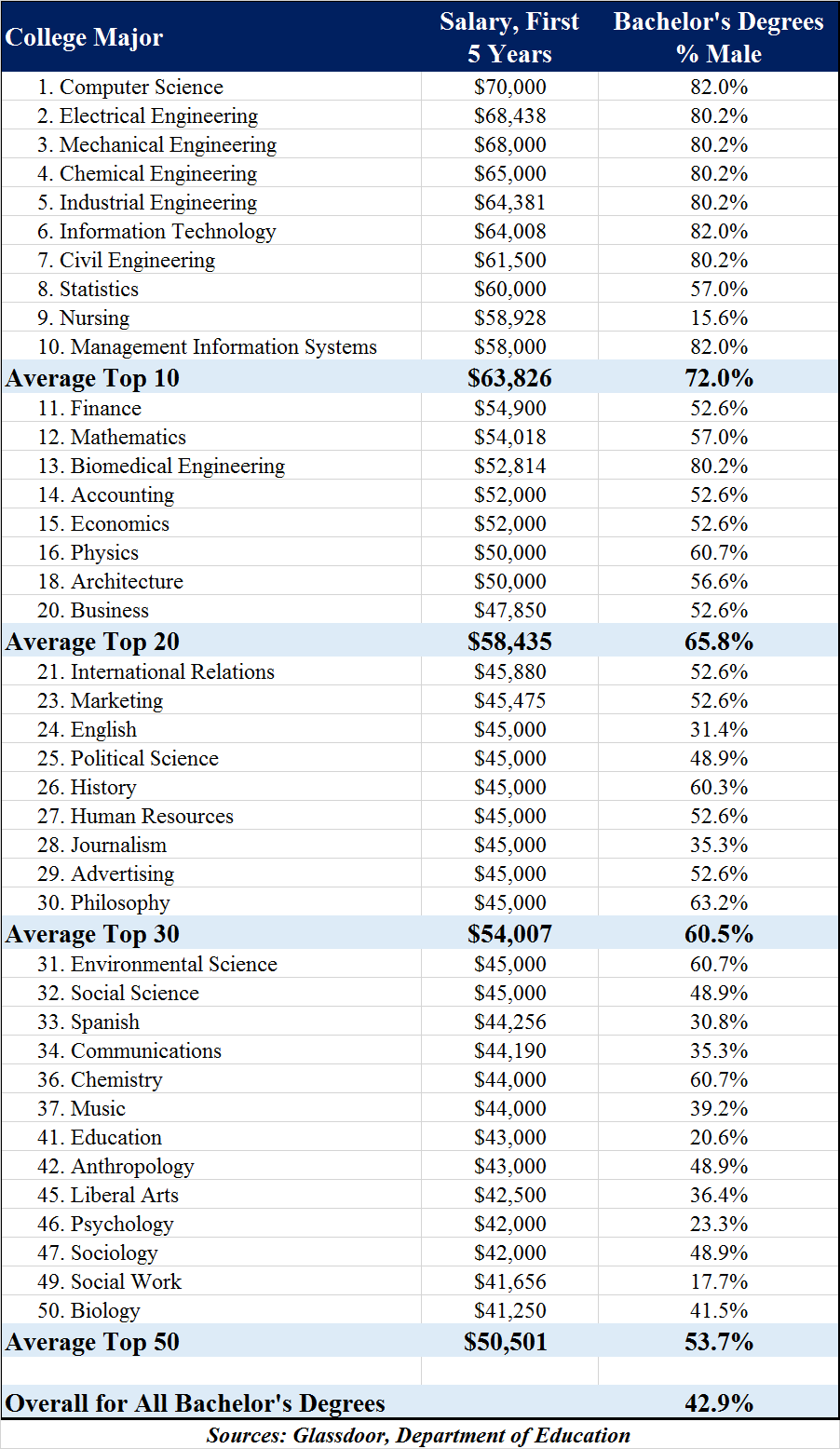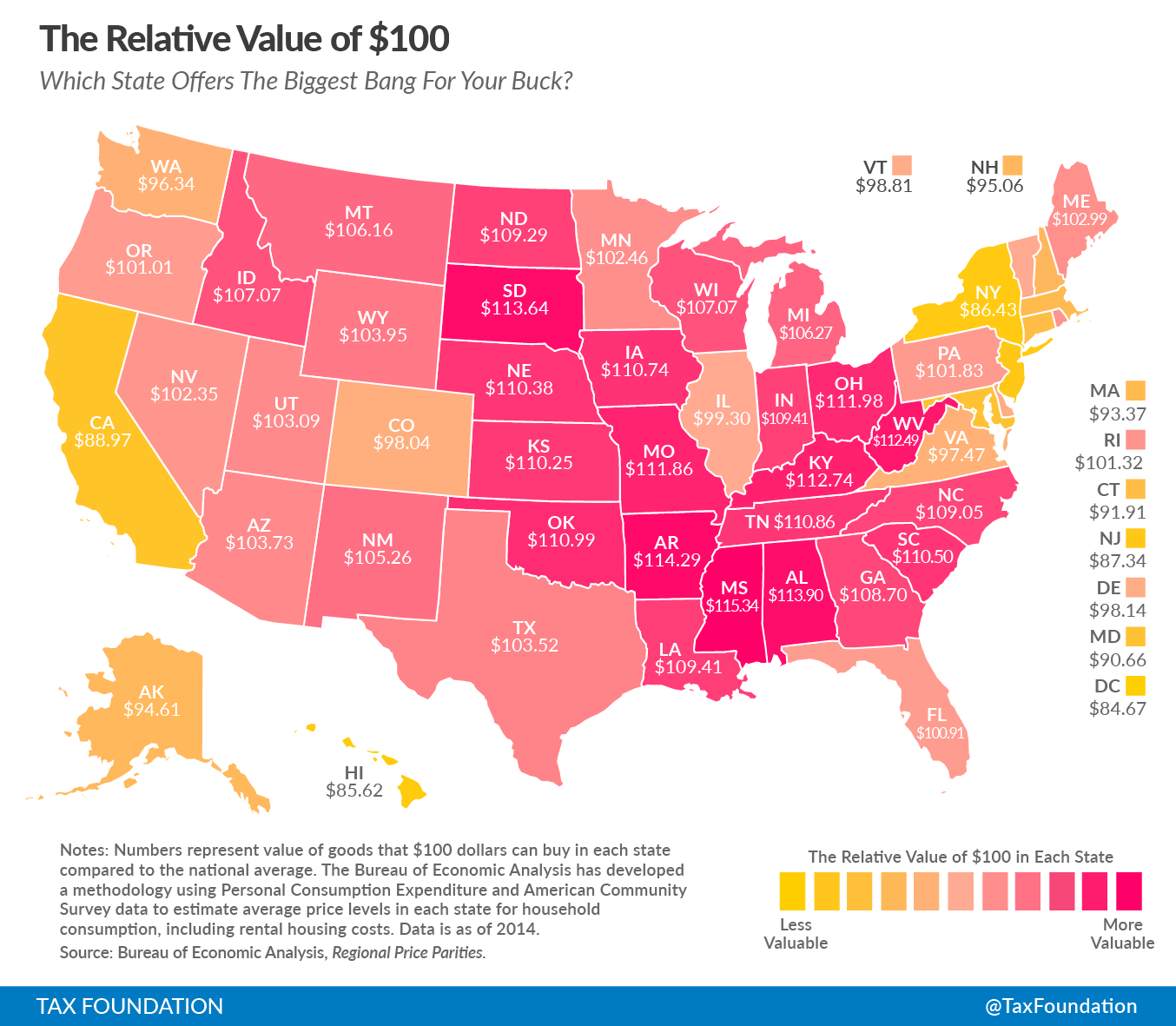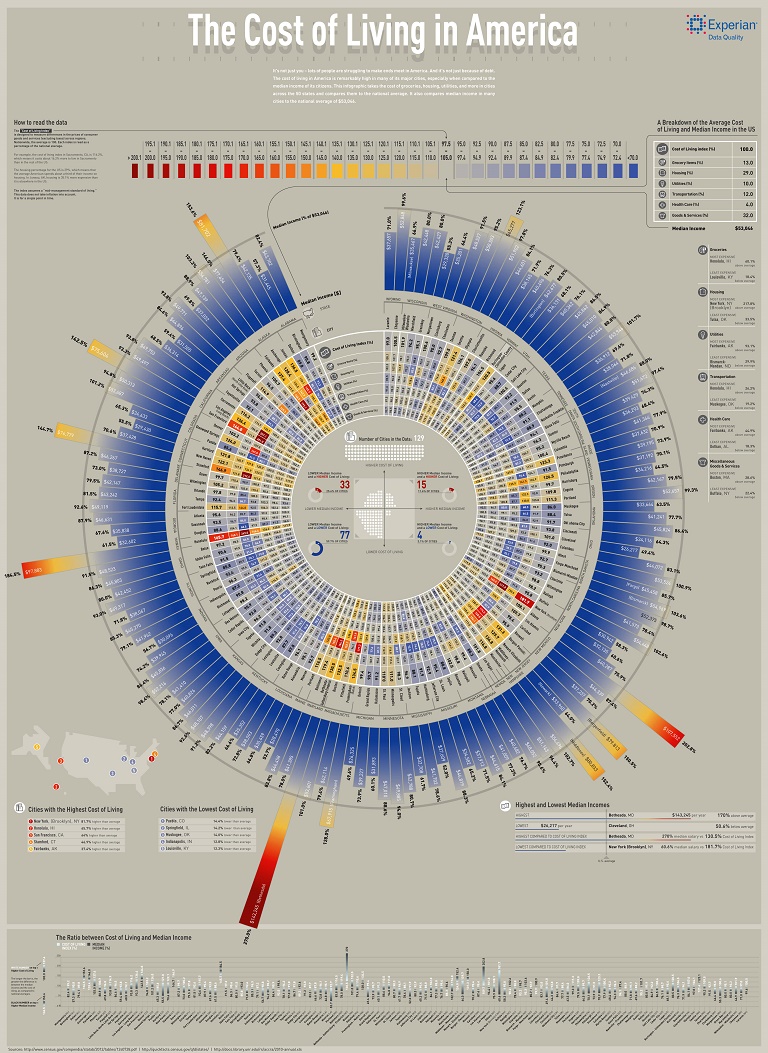Did you know that aspirin was distributed to help people with pain before scientists knew how it worked? Popularized in the 1890s by the Bayer company, aspirin is the brand name for acetylsalicylic acid, which was manufactured from willow bark and other plants.
For centuries, the plants used to make aspirin were known for their abilities to reduce pain from inflammation and fever, but it wasn’t until the 1960s that researchers discovered how the plants’ properties worked.
Fast forward to now. Now, no medicine in the United States goes on the market until its exact and precise properties are determined and approved. This ends up being a costly endeavor in a system ripe for improvement.
For Dr. Thomas Stossel (brother to commentator John Stossel), the massive time and money wasted on an inefficient bureaucracy could be redirected to help researchers get results much faster. But, he laments, companies have to answer to government scientists.
Now that may seem like a fair requirement. After all, the government is supposed to be looking out for the health and safety of its citizens. Science is far more advanced than even a century ago and knowing what is going into our bodies is an important piece of information for most people.
Stossel’s point isn’t that companies should recklessly release chemicals into the hands of patients and let results be what they may. His point is that the government took the reins from private industry to determine how the process works, and as a result government ended up feeding itself as much as it assisted patients.
From Stossel in The Wall Street Journal:
Many physicians have never lacked motivation to develop treatments for diseases. But the government-academic biomedical complex has recruited predominantly nonphysician scientists who value elegant solutions to medical puzzles—generally preferring to impress their influential peers rather than solve practical problems. Vannevar Bush believed that basic research, unrelated to specific ends, was the best approach to scientific progress. How something works became more important than whether it works. Aspirin, for example, came into use even though researchers weren’t sure exactly what made it effective. That approach would never work today. Instead of the messy work of studying sick patients, scientists now prefer experimenting with inbred mice and cultured cells. Their results accrue faster and are scientifically cleaner, but they arguably are less germane to health.
Practical innovation requires incremental efforts. But the reviewers of grant applications for medical research are obsessed with theory-based science and novelty for novelty’s sake. They find incrementalism mundane. Consistent with that attitude, a 2003 review published in the American Journal of Medicine found that of more than 25,000 publications in prominent biomedical journals, only 100 even mentioned a medically relevant application of the research.
Academic administrators, operating under the delusion that government largess would grow forever, have become entitled. But since the 1980s, funding for the National Institutes of Health has lagged far behind the growth of an aging population in need of medical innovation. The extra $4 billion in the 21st Century Cures Act will have little effect on that financial gap.
Today, researchers compete for government grants at increasingly shorter intervals and with diminishing chances of success: Less than 1 in 5 grant applications succeeds. This inhibits risk taking.
By contrast, private investment in medicine has kept pace with the aging population and is the principal engine for advancement. More than 80% of new drug approvals originate from work solely performed in private companies. Note that such drug approvals come on average 16 years after the beginning of clinical trials, which typically cost $2.5 billion from start to finish. Even if grant-subsidized academics wanted to create a new drug, economic reality prevents it.
For Stossel, improvements in cost and efficiency could come if government agencies and public researchers started cooperating with private medical researchers and focusing on patient results rather than the size of their laboratories.
Read more about the role of philanthropy in medical breakthroughs









